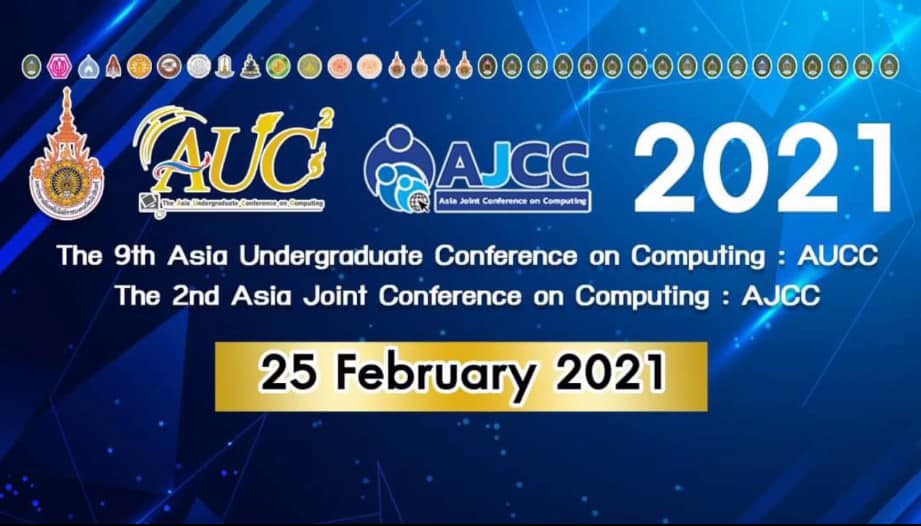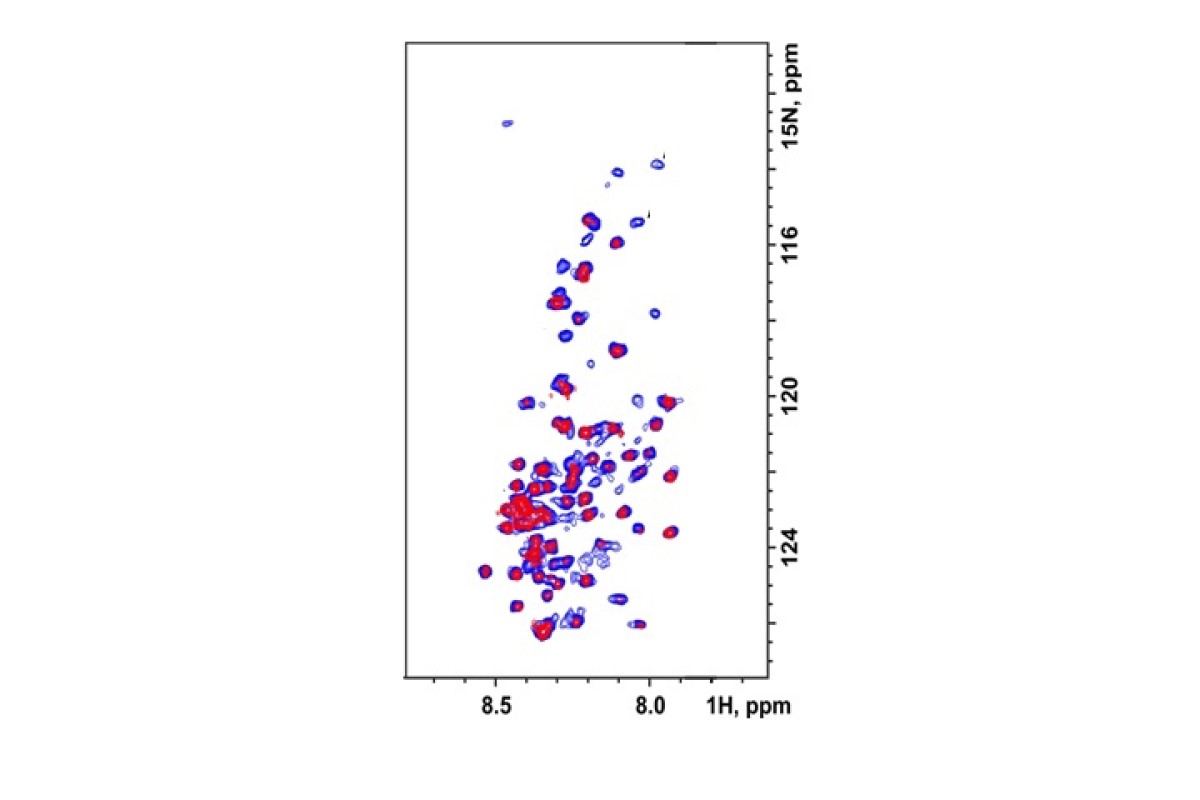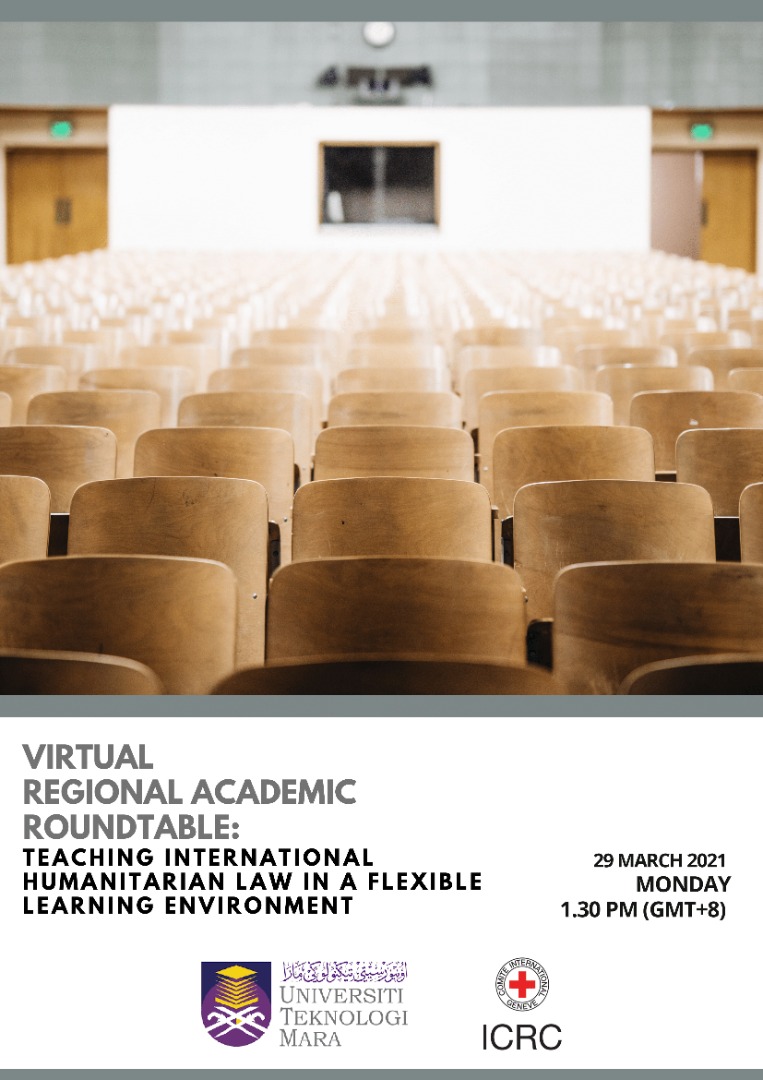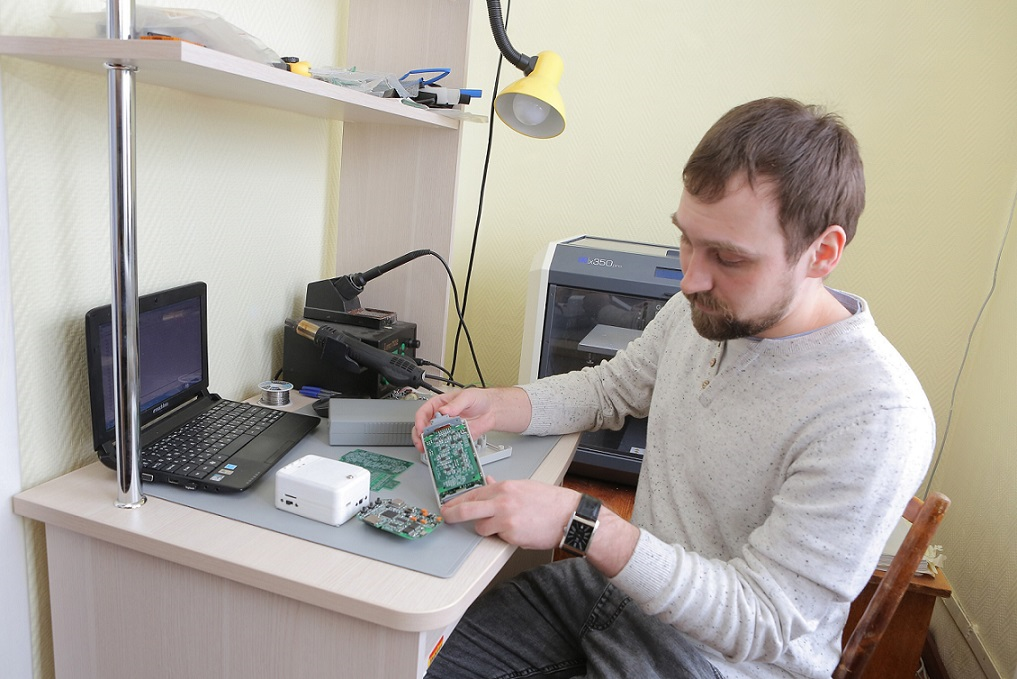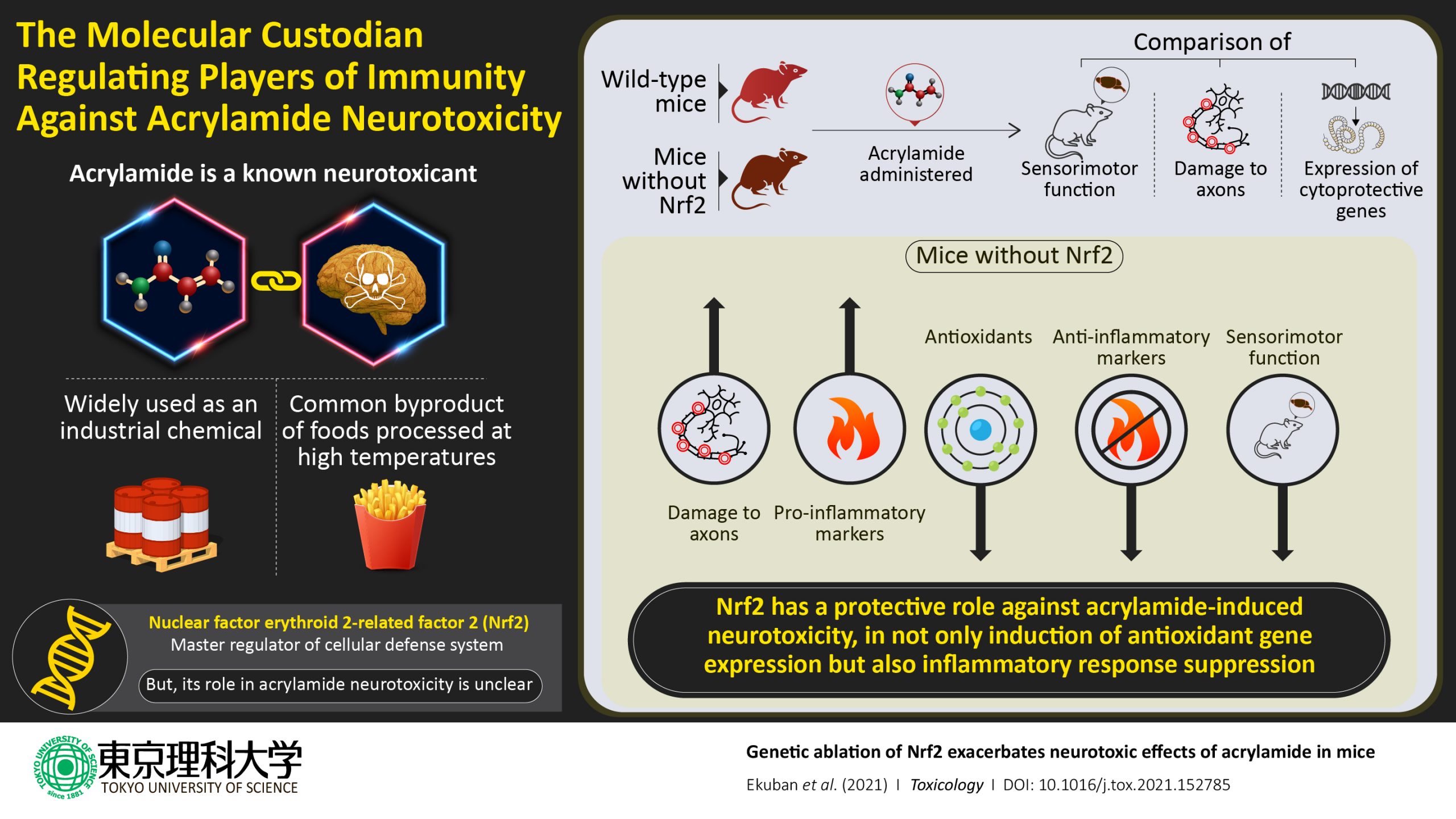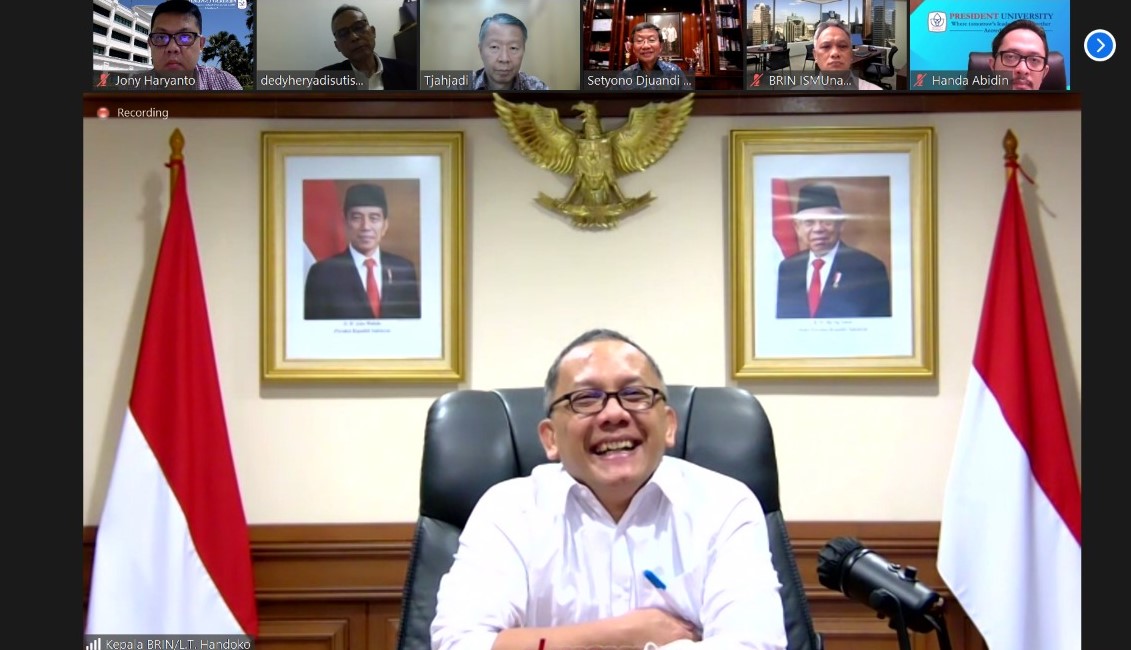The Faculty of Law, Universiti Teknologi MARA, Malaysia (UiTMLaw) is always committed to prepare future-proof and quality graduates. In line with this, UiTMLaw Career Path Webinar Series 2.0 “What’s Out There ?” has been organised to gear up the students for the new
job market.
This 3-day webinar series commenced on 3rd March 2021. Eminent figures in the legal fraternity shared their immense experiences and practical knowledge in various aspects relevant with students soon to embark on their legal career.
The webinar series set off with an enthralling topic, “Money Laundering: What Should You Know?.” Three distinguished speakers were invited to discuss this topic, namely; Mr Mohamad Faizal bin Sadri, Deputy Director II, Anti-Money Laundering Division, Malaysia Anti-Corruption Commission, Mr Amir Zharif Abdullah and Mr Nizamuddin Hamid, the Managing Partner and Partner of Messrs Zharif Nizamuddin, respectively.
The webinar series continued with inspirational sharing by UiTMLaw Adjunct Professor Tan Sri Datuk Seri Panglima Richard Malanjum on the topic “Strategic Approach on Civil Litigation and Writing Impactful Submissions-Sharing Experiences.”
Sound financial management, including debt management, is essential to inculcate positive financial behaviour and prevent individuals from falling into the debt trap.
Mrs Nirmala Subramaniam, Manager, Financial Education Department, Credit Counselling and Debt Management Agency (AKPK) and Ms Elena Cho, Legal Executive, Modalku Ventures Sdn Bhd, spoke on the important topic of “Managing Financial after Graduation: How to Avoid Debt Trap”.
Next, to find out the reality behind “Life as a Deputy Public Prosecutor”, Dato’ Masri bin Mohd Daud, Head of Special Litigation Unit, Prosecution Division, Attorney General’s Chambers, who is also UiTMLaw Adjunct Professor, was specially invited to share the ups and downs of being part of the prosecution team.
The final day of the webinar series featured Mr Justice Dean Wayne Daly, High Court Judge of Miri, Sarawak, who clarified the distinction between pupillage in East Malaysia and Peninsular Malaysia in a talk entitled “Pupillage and Legal Practice in Sabah and Sarawak”. Datuk Dr Prasad Sandosham Abraham, UiTMLaw Adjunct Professor who is now the Deputy Director, Asian International Arbitration Centre (AIAC), offered invaluable insights on the question, “How to Begin your Legal Career as an Arbitration Counsel?”.
The programme was well-received since the scope covered were not restricted to conventional civil and criminal litigation but extended to other critical areas, including money laundering, financial management and alternative dispute resolutions. Engagement with prominent legal personnel and industry players has
offered distinct outlooks to the students. Overall, this program will help them shape their careers, explore their niche and better prepared to handle the future.





